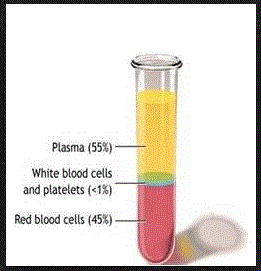“Goals equal success”, says Paul Shearstone in his article on goal setting.
Studies have shone, he argues, that “only three percent of the population
are engaged in some form of goal setting and only one percent, on average,
write them down. … No wonder that one percent that write goals down are
the richest people around the world.”
Goal setting is a powerful technique that can improve all areas of your life. By deciding on your goals and targets you will know what you want you want to achieve, what to concentrate on. In your studies it will help you to focus your efforts in search for professional skills and knowledge, and to organize your resources.
It's good to have big goals – a vision of what you want to achieve – and smaller and measurable objectives with exact time frames. By measuring their achievement, you will be able to see what you have done and what you are capable of. It will help you to move step-by-step towards your goal (to work towards your aim), at the same time improving your self-confidence.
But this is only possible if you follow a few simple rules in your planning process:
«The difference between a goal and a dream is the written word.» – Gene Donohue
According to Gene Donohue what is a principal difference between a goal and a dream?
Goal setting is a powerful technique that can improve all areas of your life. By deciding on your goals and targets you will know what you want you want to achieve, what to concentrate on. In your studies it will help you to focus your efforts in search for professional skills and knowledge, and to organize your resources.
It's good to have big goals – a vision of what you want to achieve – and smaller and measurable objectives with exact time frames. By measuring their achievement, you will be able to see what you have done and what you are capable of. It will help you to move step-by-step towards your goal (to work towards your aim), at the same time improving your self-confidence.
But this is only possible if you follow a few simple rules in your planning process:
- Express your goals positively. The more positive instructions you give yourself, the more positive results you will get.
- Avoid setting general and unclear goals, putting in dates, times and amounts. Break big goals down into a number of small tasks.
- Do not set goals too low or too high. It is important that you can achieve your goal without losing motivation.
- When you have several goals, set priorities.
- And most important of all: WRITE YOUR GOALS DOWN.
«The difference between a goal and a dream is the written word.» – Gene Donohue
According to Gene Donohue what is a principal difference between a goal and a dream?














